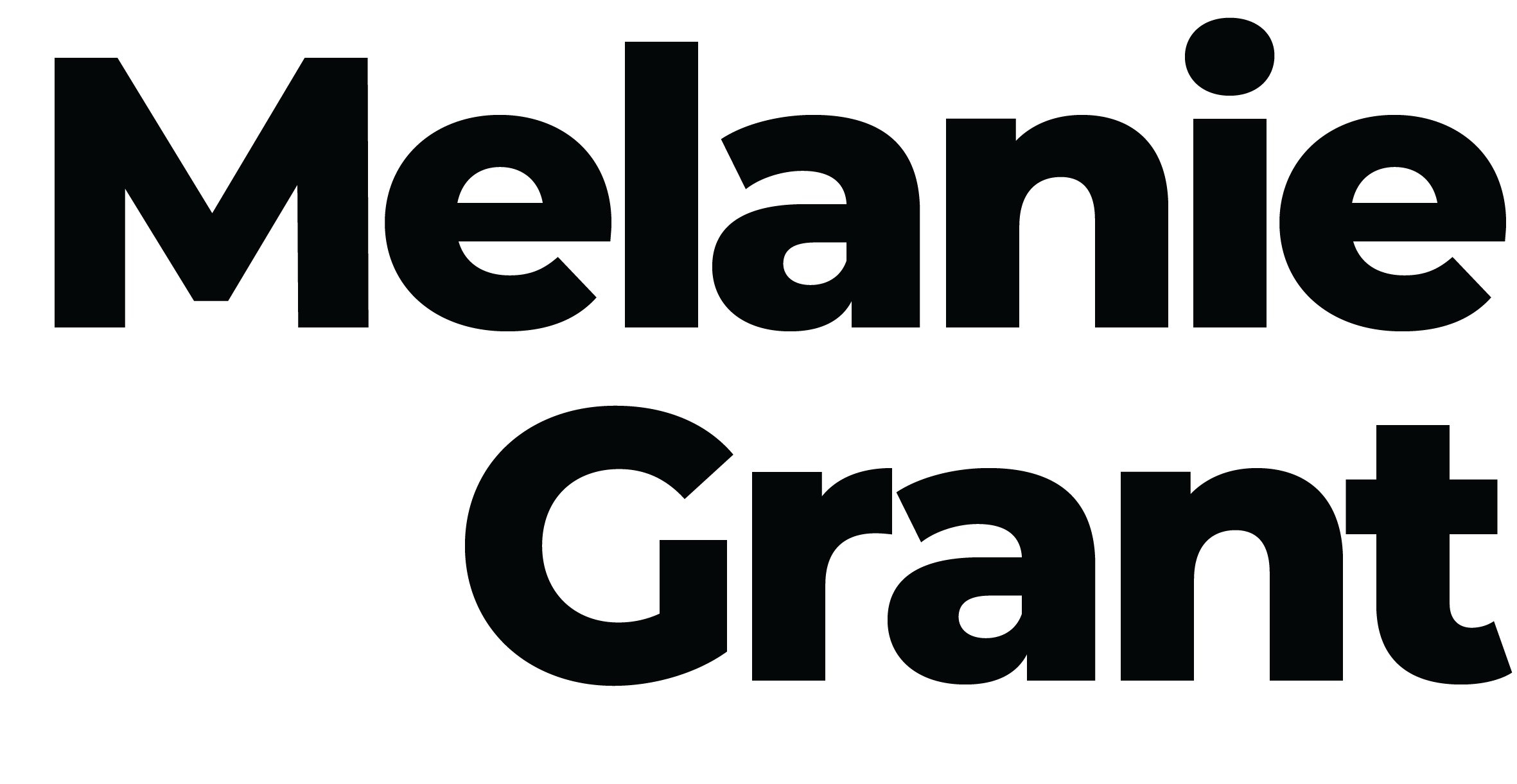Laser is one of my favourite modalities to use in the studio and one I’ve been using for years. I was immediately drawn to this approach to treating skin due to its ability to address a wide range of concerns from sun damage to acne scarring, and skin laxity to uneven texture. These technologies deliver real results, which can be seen over the course of just weeks. This in-salon treatment involves directing short bursts of light beams at the skin to stimulate new collagen and elastin production.
There is a wide range of lasers available and depending on the selected technology downtime and pain levels will vary. It’s important to note that laser isn’t right for every complexion and is incompatible with some darker skin tones, as the light can attach to melanin cells and cause more harm than good resulting in unwanted pigmentation and sometimes even burns.
Like any clinical treatment, it’s essential to have a consultation with a trained professional to discuss your skin type and concerns to decipher if laser is the appropriate course of action. Lasers are a completely safe technology when performed by a professional and can yield incredible results.
There are two main types of laser treatments: ablative and non-ablative laser.
Ablative laser
Ablative laser delivers targeted light into the skin to remove the outermost layers with utmost precision. Removing the surface layer of the skin stimulates the body’s natural collagen production rejuvenating the complexion. This form of laser is aggressive yet effective, especially at treating scarring and signs of ageing. A local anesthetic may be applied pre-treatment and significant downtime will be required post-treatment where visible redness can remain for a few weeks.
There are two types of ablative lasers: Erbium and CO2. Erbium laser vaporises surface-level skin tissue by targeting the water in the complexion. It’s used to treat fine lines, wrinkles, mild scarring, skin texture, pigmentation, moles, lumps and bumps on the surface of the skin. CO2 creates heat in the skin to destroy the top layer of skin, it’s used to tighten the skin and improve overall texture. COs is the more aggressive of the two lasers and involves a longer recovery time.
Non-ablative laser
A non-ablative laser, on the other hand, is a much gentler and non-wounding laser that targets deeper cells to stimulate collagen production leaving the epidermis intact so the downtime and discomfort are minimal. Non-ablative laser is less invasive than ablative and carries less risk of downtime, scarring or blistering but it does require a longer treatment course to see optimal results. Common non-ablative lasers include pulsed dye (PDL) and Nd:YAG (neodymium-doped yttrium aluminium garnet), Q-Switch and Picosecond (Pico), Fraxel (however Fraxel can be ablative and non-ablative)
